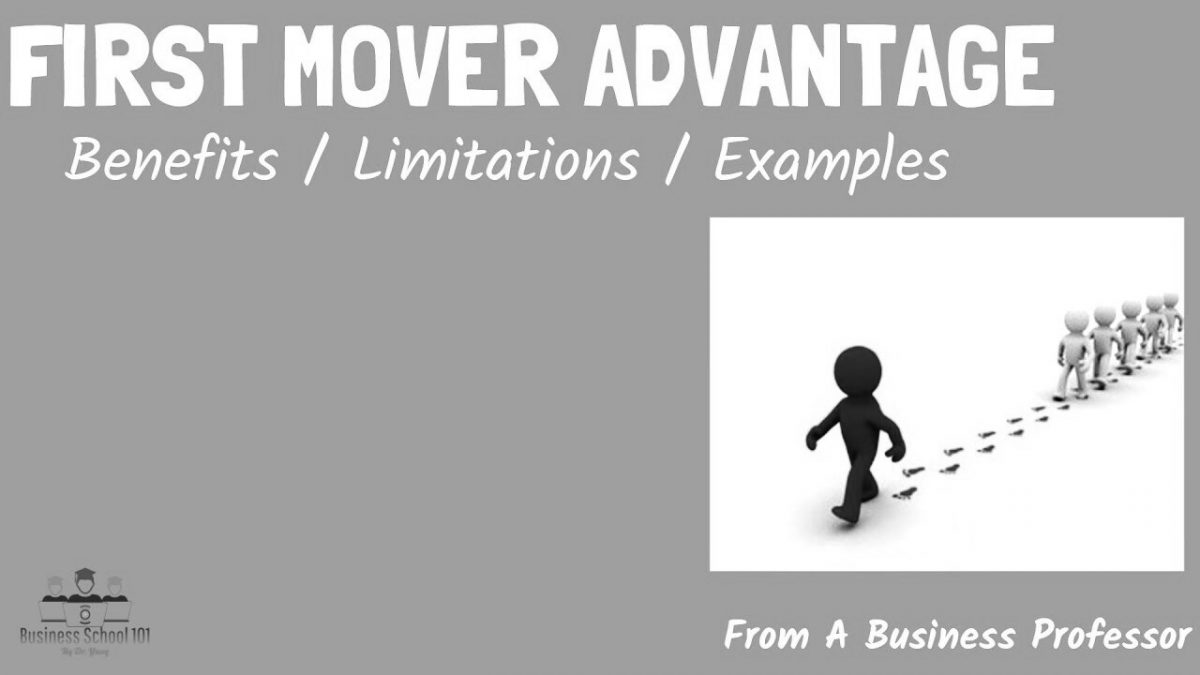Introduction
In the realm of decision-making, the concept of First-Movers and Last-Movers Advantage plays a significant role in shaping our choices. This mental model revolves around the idea that being the first to enter a market or adopting a particular strategy can provide a competitive advantage. Conversely, there are situations where being a late entrant can also yield benefits. Understanding this concept and its implications is crucial for making informed decisions, as it is deeply anchored in human psychology and prevalent in various aspects of our lives.
Defining First-Movers and Last-Movers Advantage and Their Relevance
First-Movers Advantage refers to the benefits gained by being the first to introduce a product, service, or innovation in a market. This advantage often includes brand recognition, market share, and the ability to establish barriers to entry. On the other hand, Last-Movers Advantage suggests that late entrants can learn from the mistakes of first-movers and take advantage of established market dynamics and consumer preferences.
These concepts hold relevance in decision-making processes as they influence strategic choices, investments, and market entry strategies. However, it is important to recognize the potential biases and pitfalls associated with blindly adhering to these mental models.
Anchoring in Human Psychology and Prevalence in Daily Life
The First-Movers and Last-Movers Advantage mental model is rooted in various cognitive biases and psychological tendencies. Humans have a natural inclination to associate success with being the first to act or create something new. This psychological bias often leads individuals and organizations to attribute greater value to the first-mover position, assuming it guarantees long-term success. In our day-to-day lives, we encounter examples of this mental model in personal decisions, business strategies, and public policy-making.
Examples of First-Movers and Last-Movers Advantage in Different Contexts
- Personal Life: Imagine a person considering investing in a new cryptocurrency. They hear about a recently launched cryptocurrency that promises to revolutionize the market. Being swayed by the excitement of being an early adopter and capturing the potential First-Movers Advantage, they invest a significant amount. However, without conducting thorough research or understanding the risks involved, they fall victim to the fallacy of assuming that being a first-mover guarantees success. They may end up losing their investment due to market volatility or unexpected regulatory changes.
- Business Scenarios: In the business world, the pressure to be a first-mover can be intense. Companies may rush to launch new products or services to gain an early advantage, assuming that being the pioneer will secure their position in the market. However, this rush often leads to inadequate market research, incomplete product development, and an underestimation of customer needs. Consequently, late entrants who take the time to understand the market dynamics and customer preferences may surpass the early movers by offering a more refined and customer-centric solution.
- Public Policy-making: Governments and policymakers may also fall prey to the allure of the First-Movers Advantage when implementing new policies or regulations. They may rush to be the first to address a particular societal issue without thoroughly evaluating the potential consequences or considering alternative approaches. This haste can lead to poorly designed policies that fail to achieve the desired outcomes or have unintended negative consequences. Last-movers who take the time to observe and learn from the experiences of other jurisdictions can avoid repeating the same mistakes.
Mental Biases and Psychological Underpinnings of First-Movers and Last-Movers Advantage
Several cognitive biases contribute to the prevalence of the First-Movers and Last-Movers Advantage mental model:
- Anchoring Bias: Anchoring bias influences our decision-making by relying heavily on the initial information we receive. The first-mover position becomes the anchor against which subsequent judgments are made, leading individuals to overvalue the benefits associated with being the first to act.
- Survivorship Bias: Survivorship bias occurs when we focus on successful first-movers and ignore the failures. This bias creates a distorted perception of the likelihood of success and underestimates the risks and challenges faced by those who precede us.
- Loss Aversion: Loss aversion refers to our tendency to prioritize avoiding losses over acquiring gains. This bias can lead individuals to fear missing out on the benefits of the First-Movers Advantage, even if the potential losses outweigh the potential gains.
Identifying and Avoiding the First-Movers and Last-Movers Advantage Trap
To avoid falling into the First-Movers and Last-Movers Advantage trap, individuals can employ the following strategies:
- Analyze the Market Landscape: Conduct a thorough analysis of the market, competitors, and customer preferences before making a decision. Avoid rushing into being a first-mover solely based on the allure of the advantage. Instead, focus on understanding the market dynamics and identifying gaps that can be filled with a unique value proposition.
- Evaluate Risks and Rewards: Assess the potential risks and rewards associated with both first-mover and last-mover strategies. Consider the uncertainties, potential barriers, and the adaptability required to succeed in each position. A well-informed decision should be based on a comprehensive evaluation of the trade-offs involved.
- Flexibility and Adaptability: Embrace flexibility and adaptability in decision-making processes. Recognize that the market landscape can change rapidly, and adjustments may be necessary to stay competitive. Being open to new opportunities, learning from early movers, and incorporating feedback can enhance decision-making effectiveness.
Conclusion
Understanding the dynamics of First-Movers and Last-Movers Advantage is crucial for making informed decisions in various contexts. By recognizing the psychological biases and fallacies associated with this mental model, individuals can avoid irrational choices that may be contrary to their best interests. Taking a comprehensive and objective approach to decision-making, analyzing market dynamics, and being adaptable can lead to more successful outcomes. Awareness and active avoidance of the First-Movers and Last-Movers Advantage trap empower individuals to navigate the complexities of competitive timing, ultimately leading to better decision-making and long-term success.
